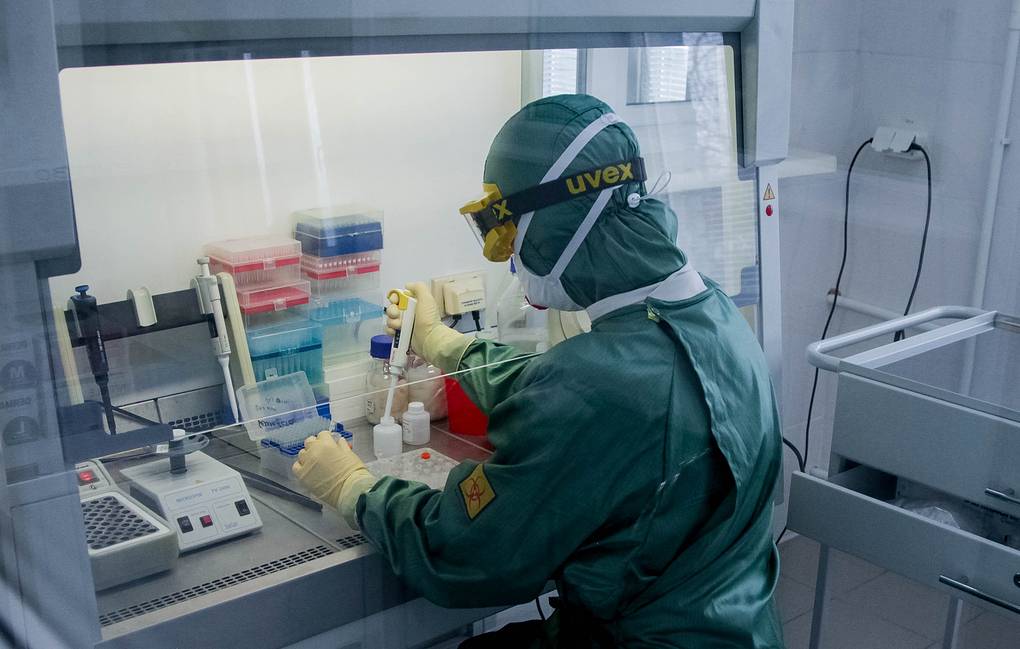
How markets have come under the coronavirus grip

On February 28, the Indian stock market registered one of its worst crashes in a single day, wiping over Rs 5 lakh crore in investors’ wealth over a global scare caused by the spread of the Novel Coronavirus (CoV). Indian indices fell over 3.5 percent, marking the second biggest fall in Sensex history. The Sensex plunged 1,448.37 points to close at 38,297.29, while the Nifty tanked 3.711 percent or 431.55 points to settle a little above the 11,200 marks. The Sensex’s worst fall in history was on August 24, 2015, when the indices fell 1,624 points on the back of a slump in the Chinese markets and rising crude oil prices.
Although the markets covered the losses on Monday, March 2, it again ended in the negative after two fresh nCoV cases were reported in the country. The Sensex closed 153 points lower, at 38,144, while the Nifty closed 0.6 percent lower at 11,132 on March 2. This was after the Sensex swung as much as 1,200 points, from the day’s high of 39,083 to a low of 37,785. Meanwhile, the rupee fell to 72.36 against the dollar, while gold prices surged by Rs 700 per 10 grams to Rs 42,125 on the MCX (Multi Commodity Exchange). According to reports, the rebound in the markets was aided by hopes that central banks across the globe will take action to stabilize financial markets hit by concerns of the nCoV and its impact on the world economy. In a statement on March 2, the Bank of Japan said it would “strive to provide ample liquidity and ensure stability in financial markets”, while Bank of England said it would “ensure all necessary steps are taken to protect financial and monetary stability”.
There seems to be a consensus among market players that the fears of a further global economic slowdown in the wake of the nCoV pandemic, is making the markets fall. Who are the players triggering this fall? “Global credit funds have been unwinding their positions because their approach is to basically play with the swing. They are swinging the market downward at this point of time, and offloading their positions,” says Deven Choksey of KRChoksey Securities. “They (the funds) are selling, taking the money out, passing the money to the US treasury, and parking this money in the US dollar,” he adds. Choksey, however, does not feel that that the current slowdown in the Indian economy is adding to the trouble. “I would not attribute much of the fundamental reasons for the fall. It is more technical,” he says. On February 28, government figures showed continuing gloom in the economy, with GDP growing at 4.7 percent in the third quarter of the current fiscal. Global rating agency Fitch said on March 2 that it has lowered its 2019-2020 GDP growth forecast for India to 4.9 percent, citing weak domestic demand and supply chain disruptions due to the nCoV outbreak. The agency expects economic growth to pick up to 5.4 percent in the financial year 2020-2021.
It is difficult to say what kind of damage nCoV would do to the global economy, says Choksey. “There is a fear psychosis among market participants and these people press the button on selling. They make the maximum out of the opportunity available to them,” he says, adding that since, luckily, the virus is not as life-threatening as some of the others that have turned into pandemics in the past, and the virus-hit countries being ones that can better cope with the disease, the impact won’t be much. “In China, the number of cases reported in a specified period was high and they did not have the facilities to control it immediately”, says Choksey. The markets, he expects, will recover on a gradual basis. “It won’t be steady, but a ‘yo-yo’ recovery,” he adds.
Others were of the view that short term traders were to be blamed for the big sell-off on February 28. “Friday was the culmination of a week of selling. In the last 30 minutes, the market saw 50 percent of the sell-off,” says Arun Kejriwal, director, KRIS Capital, an investment advisory firm. When something like this happens, it is natural that the market would rebound, as it did on March 2. However, the two new cases of nCoV-one in Delhi and another in Telangana-added to the fears and brought down the markets. “This is a fear psychosis,” says Kejriwal.
The fall in the Indian markets, however, is much milder compared to the fall in the Dow Jones index of the US. Last week, while the Sensex fell 6.98 percent, the Dow Jones fell 12.36 percent, says Kejriwal, adding that the Dow Jones index is some 15 percent off from the highs in the last one month. This means that the global scare is more severe than in India. “Here, we have already discounted for the nCoV. The expectation is that, with the summer setting in, the virus will die a natural death. There will be new vaccines and medicines developed to contain it further,” he says. But a cause for worry would be the supply chain disruptions in China. Going forward, the markets will continue to be volatile. For the small investors, though, this would be a good opportunity to make small purchases, he adds.
Also, Read Coronavirus in the US: 9 dead, Trump said – considering tightening travel restrictions
On March 3, the BSE Sensex rose 479.68 points to close at 38,623.70 after the Reserve Bank of India said it is ready to take appropriate actions to ensure the orderly functioning of financial markets, maintain market confidence and preserve financial stability. Meanwhile, the Federal Reserve System, the US central bank, made an emergency interest rate cut on March 3, slashing the benchmark US interest rate by half a percentage point, the biggest cut since the financial crisis of 2008. This move is likely to have a calming effect on markets worldwide.



Average Rating